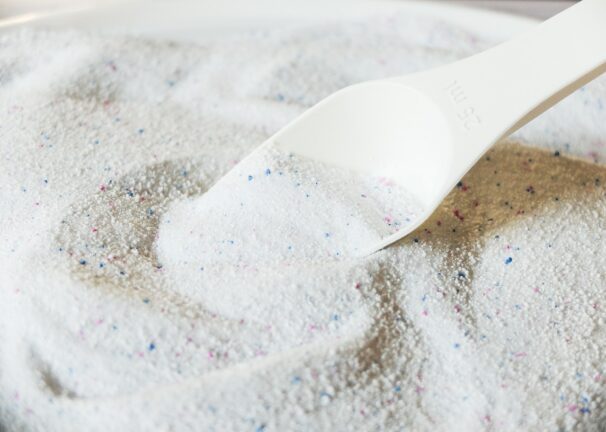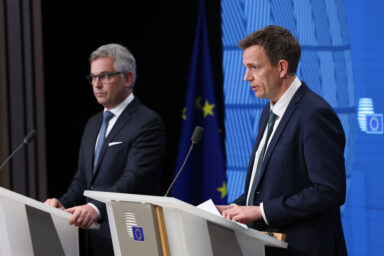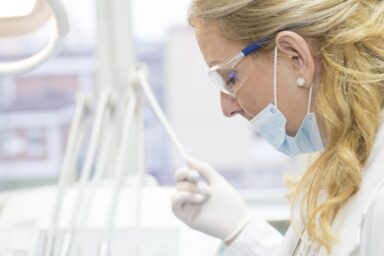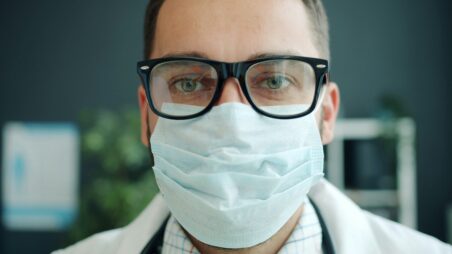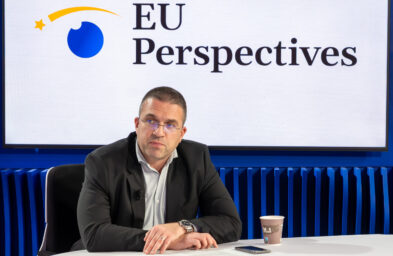European laundry is about to enjoy greener washing. The European Council and Parliament have struck a provisional deal to overhaul the bloc’s two-decade-old detergents regulation, aiming to curb environmental harm and health risks while streamlining single-market rules.
The agreement, reached on Tuesday, tightens biodegradability standards, phases out animal testing, and seeks to reconcile hygiene demands with sustainability—a delicate balancing act in a sector worth €41.2 billion in 2020, accounting for 4.2 per cent of the EU’s chemical production.
Smarter rules, cleaner results
At its core, the update modernises the 2004 Detergents Regulation, which critics argue has failed to keep pace with innovations such as microbial cleaning agents and bulk refill systems. The new framework simplifies market access for novel products while tightening safeguards. Non-EU manufacturers must now appoint EU-based representatives to ensure compliance, closing a loophole that allowed poorly regulated imports to flood the market. Labels will digitally disclose allergens, preservatives, and surfactants—a boon for consumers.
The deal empowers the European Commission to mandate stricter biodegradability criteria for water-soluble films used in detergent capsules, a growing source of microplastic pollution. By 2025, the Commission must also assess whether to extend these rules to other organic substances constituting at least 10 per cent of a product’s mass. “Today’s deal is a win for health, environment, and the single market,” said Izabela Leszczyna, Poland’s health minister. “Smart regulation, clean results.”
Phosphorus puzzles
Not all provisions are straightforward. Lawmakers tasked the Commission with analysing whether cutting phosphorus content—a nutrient linked to aquatic “dead zones”—might backfire by forcing consumers to use more detergent or hotter water, negating environmental gains. This mirrors past EU struggles: a 2013 phosphate cap in laundry detergents succeeded, but dishwasher tablets remain phosphorus-heavy due to efficacy concerns.
The agreement also hardens the bloc’s stance on animal testing, aligning detergents with cosmetics rules that banned such practices in 2013. Only detergents developed via alternative methods will be market-approved, barring “exceptional” derogations for irreplaceable ingredients. While lauded by animal-welfare groups, the move risks clashing with the Reach regulation, which still permits limited animal testing for chemicals—a tension the Commission must navigate.
You might be interested
Industry impacts
The reforms arrive as the EU’s chemical sector—worth €499 billion in 2022—grapples with decarbonisation. Detergent producers, operating some 700 sites across Europe, face rising costs from green transitions and energy prices. The new rules could exacerbate pressures: stricter biodegradability standards may require reformulating products, while digital labelling demands IT upgrades. Yet the legislation avoids outright bans on contentious ingredients like phosphates, opting for phased assessments—a concession to industry lobbying.
Today’s deal is a win for health, environment, and the single market Izabela Leszczyna, Poland’s health minister
The deal also nods to Europe’s circular-economy goals. By accommodating bulk sales and refill systems, it aligns with the EU’s Packaging and Packaging Waste Regulation, which aims to cut plastic use. However, critics note that microbial cleaners—touted as eco-alternatives—carry their own risks if genetically modified organisms enter wastewater. The text sidesteps this by barring GMOs unless explicitly approved, leaving oversight to existing biosafety laws.
Broader horizons
Beyond detergents, the agreement reflects Brussels’ push to harmonise chemical regulations under the European Green Deal. The 2004 law had overlaps with Reach and the Classification, Labelling, and Packaging regulation, causing redundant safety assessments and confusing labels. By consolidating rules, the EU hopes to save companies €500 million annually in compliance costs, per Commission estimates.
The provisional deal now awaits formal adoption—a likely formality given cross-institutional consensus. Implementation will hinge on secondary legislation, including the Commission’s forthcoming biodegradability criteria. For consumers, changes may emerge gradually: expect clearer labels by 2026 and phosphate-free dishwasher tablets by decade’s end, provided the science holds.
A test case for green pragmatism
This overhaul exemplifies the EU’s attempt to marry ecological ambition with economic realism. By avoiding prescriptive bans and prioritising innovation, Brussels aims to position Europe as a leader in sustainable chemistry without crippling industry. Yet challenges loom: global competitors face lighter rules, and costlier detergents could fuel inflation. As the Commission finalises technical standards, it must ensure that “clean results” do not come at the expense of clean wallets—a lather-rinse-repeat dilemma for the ages.
